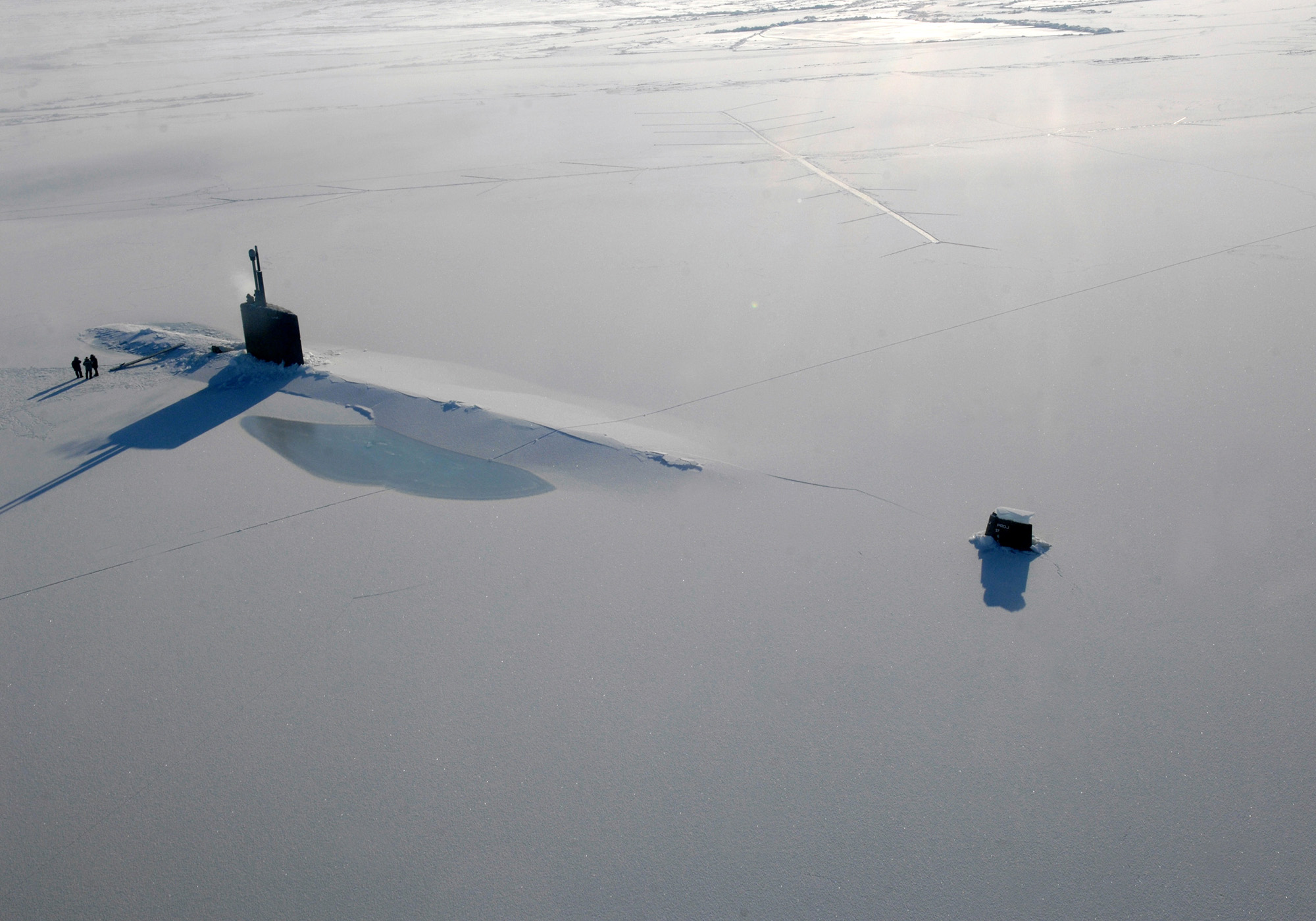The security environment in Europe has deteriorated in recent years, and nuclear risks have re-emerged as a prime concern for European governments. The demise of the INF Treaty and the possibility that new START may not be renewed suggest a possible collapse of any arms control, underscoring the increasingly strained relationship between Russia and the United States and its allies. The recent focus on non-strategic nuclear weapons in modernisation plans has been accompanied by inflammatory rhetorical and nuclear signaling between Russia and the United States. This has focused minds on ways to reduce accompanying risks.
Consideration of nuclear risk reduction often takes specific proposals as the starting point. Yet, these often directly butt up against the nuclear postures designed to support a stable deterrence relationship. Measures intended to support a stable nuclear posture can be viewed from other perspectives as destabilising. European states, in particular, have felt the pressure arising from the increased tension between Russia and NATO; once the INF Treaty expires, they will probably be faced with the decision of whether they will host US land-based intermediate-range missiles. They are only too well aware that last time INF missiles were stationed in Europe they triggered a massive anti-nuclear peace movement demanding their withdrawal and made the threat of a nuclear exchange that could devastate them entirely feel all too real. Whilst NATO’s dual track decision, involving the deployment of nuclear intermediate range forces and an offer to negotiate, is now deemed within establishment circles as having been a success, at the time it was far from comfortable and was the source of a great deal of division within the Alliance.
There is no consensus within Europe on what risk reduction measures might entail today, and nuclear deterrence communities are frequently sceptical about the impact of proposals, quick to point to the unintended risks they throw up. When considering an effective approach to nuclear risk reduction it is important to be aware of the assumptions and approaches that underpin decisions over nuclear posture, and what risks, benefits and unintended consequences arise from these decisions and any alternatives. BASIC Re-emerging Nuclear Risks in Europe 2 This report highlights recent changes to US and Russian nuclear postures that have exacerbated and increased the likelihood of nuclear escalation which would irreparably harm Europe.


